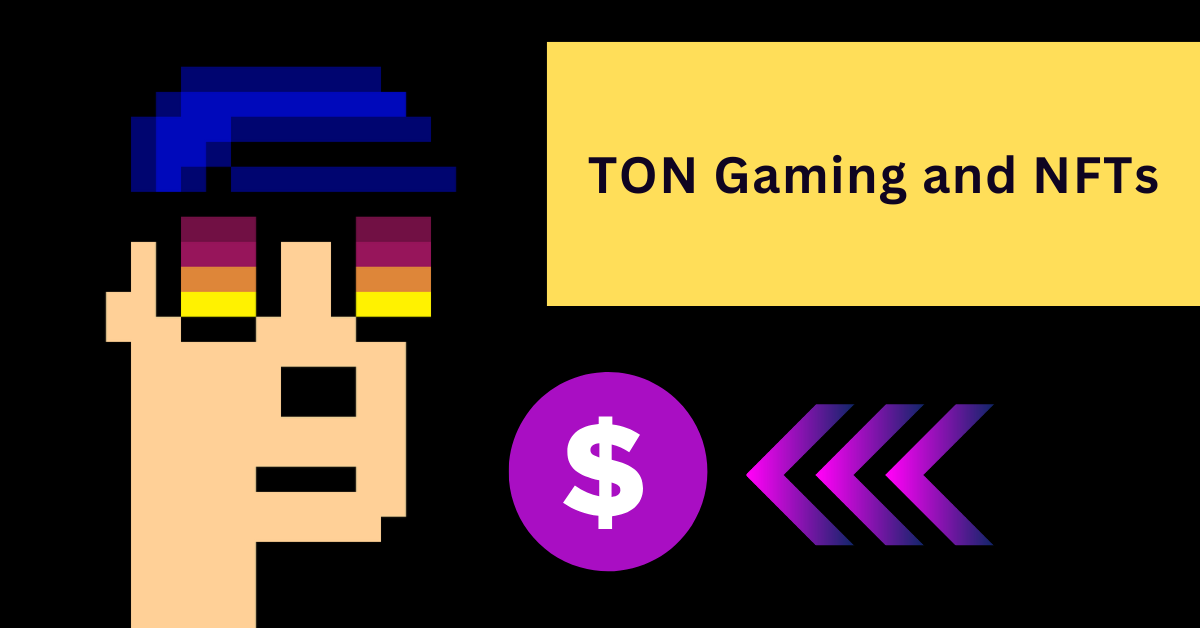The Open Network (TON) is making waves in the blockchain and crypto gaming world, but not without its challenges.
While the platform experienced a significant spike in users, primarily driven by airdrops from popular games like Hamster Kombat and Catizen, recent data suggests that this initial hype is tapering off. However, there’s still plenty of hope for TON’s long-term success.
The Boom: Airdrops and Initial Growth
In September 2024, TON saw a surge in activity, fueled by massive airdrops of tokens from Hamster Kombat and Catizen.
These games attracted millions of users, with the ecosystem’s active wallet count reaching a peak of 1.47 million daily users by the end of September.
Players flocked to the platform, enticed by the possibility of earning valuable rewards simply by playing games.
During this time, Telegram, the messenger app closely integrated with TON, played a key role. With over 900 million monthly active users, Telegram offers direct access to TON-based blockchain applications, enabling mass participation.
It wasn’t just the airdrops that drew people in; Telegram’s seamless integration made accessing blockchain games as easy as sending a message.
The Decline: Post-Airdrop Challenges
However, the excitement didn’t last. As the Hamster Kombat airdrop concluded, TON experienced a sharp decline in user activity.
By early October, daily active wallets had plummeted by 65%, and on-chain activations fell by 75%. This decline is a common challenge for blockchain ecosystems heavily reliant on short-term incentives like airdrops.
While these incentives initially attract users, sustaining engagement afterward is difficult.
According to Alvin Kan, COO of Bitget Wallet, “Airdrops can spark short-term interest, but the decline in wallet activity shows the limitations of purely incentive-driven engagement.”
His comments highlight a broader issue that TON must address: how to provide lasting value beyond these short-term incentives.
Sustaining Interest: Long-Term Value Proposition
While the decline in user engagement is concerning, there’s still optimism about TON’s potential. Blockchain experts agree that TON’s integration with Telegram provides a massive advantage, as it bridges the gap between traditional users and blockchain applications.
Kan suggests that TON could replicate the success of WeChat Pay or Alipay, creating a seamless integration between communication and financial services.
Additionally, TON’s gaming ecosystem continues to show strength, despite the decline in active wallets. Games like Hamster Kombat, Catizen, and X Empire retain a strong player base, with a focus shifting toward long-term player retention.
The key to sustaining interest lies in evolving these games beyond simple play-to-earn models. Developers are now focusing on deeper game mechanics and in-game economies that offer more engaging experiences for players.
NFTs and Future Prospects
Another bright spot for TON is the growing activity in the NFT space. According to recent reports, the number of NFTs minted on the platform has risen significantly, from 14 million to nearly 17 million in just one month.
This signals that despite the challenges, users are still finding value within the ecosystem, particularly in non-fungible tokens.
Moving forward, TON must diversify its offerings beyond gaming to fully tap into Telegram’s vast user base. By integrating financial services and creating a user-friendly experience, TON has the potential to become a global leader in blockchain-based applications.
Conclusion: A Path Forward
TON’s rapid rise and subsequent decline demonstrate the challenges of sustaining user interest in a blockchain ecosystem reliant on short-term incentives.
However, the platform’s integration with Telegram and its active gaming community offer a promising future.
If TON can move beyond airdrops and develop long-term value propositions, it could well be on its way to becoming a major player in the world of blockchain.

